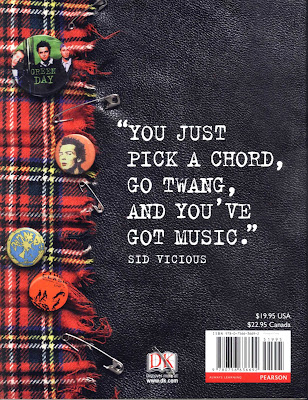The inaugural issue of the French magazine Metal Hurlant (‘Screaming Metal’) in January, 1975, contained a brilliantly illustrated, black and white comic titled ‘Armées du conquérant’ (‘Conquering Armies’), drawn by Jean-Claude Gal (1942 – 1994) and written by Jean Pierre Dionnet. Further installments of ‘Armies’ appeared in ensuing issues of Metal Hurlant.
When Leonard Mogel, the owner and publisher of The National Lampoon, decided to acquire the US license to produce an American version of Metal Hurlant, titled Heavy Metal, the April, 1977 inaugural issue featured ‘Conquering Armies’. Additional installments appeared throughout 1977 and 1978.
Later in 1978, Heavy Metal’s book-publishing arm released an oversize trade paperback compilation of all the episodes, titled Heavy Metal Presents: Conquering Armies.
In January, 1981, Dionnet and Gal succeeded ‘Armies’ with another collaborative effort, this one titled ‘La vengeance d’Arn’ (‘The Vengeance of Arn’), for Metal Hurlant. Set in more or less the same mythical / historical environment as ‘Armies’, the ‘Arn’ series appeared intermittently in Metal Hurlant until 1988. Gal's artwork took on an even more 'epic' sensibility.
[Unfortunately, only one of the ‘Arn’ stories was ever republished in Heavy Metal in the 80s.]
Now (April 2013), Humanoids, the modern-day business incarnation of Les Humanoïdes Associés, the co-op of French artists who created Metal Hurlant, has released all the ‘Armies’ and ‘Arn’ stories in a 184-page hardbound book, titled simply ‘Armies’, that, at 12 ½ x 9 ½ inches, reproduces the size of the original artwork.
This edition of ‘Armies’ is colored (by Dan Brown); fans of the original series may not embrace this decision, but in his Preface, Dionnet remarks that Gal had originally attempted to color his artwork, but abandoned the approach due to the fact that the color reproduction technology of the mid-70s ended up obscuring his ink lines.
At $35 US, ‘Armies’ is expensive compared to most graphic novels, but the book is of very high quality, with a finely printed hardbound cover, and paper stock that reproduces Gal’s delicate pen-and-ink artwork with great fidelity.
So, if you’re not at all familiar with ‘Conquering Armies’ and ‘Arn’, what do you get ?
‘Armies’ relies less on violent action and battle scenes, choosing instead to imbue the wanderings of the eponymous force across deserts and seaside landscapes with a sere, existential atmosphere. The purpose of the Army is unclear, its efforts ultimately futile, as the conquered cities and redoubts soon are swallowed up by the desert sands or the encroaching jungles, and its officers and troops led astray by greed and careless malevolence.
‘Arn’ was a much more character-driven series, and in that regard closer in spirit to the American sword-and-sorcery heroes from the 1970s, such as Conan, Kull, and Mike Grell’s ‘Warlord’ series for DC. But ‘Arn’ is also very ‘European’ in nature, adopting a tone of moral ambiguity and anomie that usually was absent in the American approaches to the genre.
In his preface, Dionnet states that his artist partner worked very slowly, and looking at Gal’s draftsmanship, it’s understandable why this was so. Some of the panels in ‘Armies’ look like they took days of intricate penmanship to complete. Gal takes care to shade, stipple, and striate the bricks making up the exteriors and interiors of his Mayan temples; the folds of cloth making up the robes of his Tuareg – inspired desert tribesmen; the intagliated metal fashioning of the helmets and breastplates of his army troops; the wind-etched surfaces of the massive pinnacles of rocks that occupy his landscapes; and the spider webs from the 'wizard' episode posted below
Some of the full-page illustrations the Gal composed for ‘Armies’ are equivalent to studio paintings in their craftsmanship, and you may find yourself spending ten or fifteen minutes of careful study to fully grasp the entirety of what you are seeing.
In short, whether you’re a fan of the early years of Metal Hurlant / Heavy Metal, a fan of exceptional graphic art and storytelling, or just someone who likes a well-told adventure tale, ‘Armies’ is well worth the price.
Below is one of the stories (unfortunately, Dionnet and Gal never gave names to their episodes) from 'Armies', showing the coloration of the artwork to good effect. And Dionnet's script provides a memorable ending..........



















































































